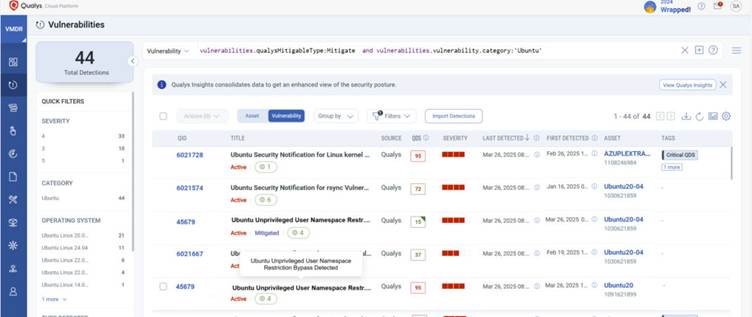A new set of security vulnerabilities discovered in Ubuntu Linux has raised concerns about kernel exploitation risks.
Researchers at the Qualys Threat Research Unit (TRU) have uncovered three critical bypasses affecting Ubuntu’s unprivileged user namespace restrictions, potentially allowing attackers to exploit kernel components under certain conditions.
A Critical Discovery
The Qualys TRU team disclosed these vulnerabilities to the Ubuntu Security Team on January 15, 2025, and has been collaborating with them to address the issue.
The vulnerabilities specifically target Ubuntu’s restrictions on unprivileged user namespaces, introduced in Ubuntu 23.10 and enabled by default in Ubuntu 24.04.
These security measures were designed to mitigate risks associated with unprivileged users creating namespaces, often considered an attack surface for kernel vulnerabilities.
The bypasses are unique and powerful, enabling local attackers to create user namespaces with unrestricted administrative capabilities.
While these vulnerabilities on their own cannot result in a full system compromise, they pose significant risks when chained with other kernel vulnerabilities. This highlights the importance of layered cybersecurity defenses.

Linux namespaces allow processes to operate within isolated environments with administrative privileges. This functionality is essential for containerization and sandboxing but also expands the kernel’s attack surface.
When new kernel vulnerabilities emerge, namespaces can enable their exploitation by unprivileged users. Ubuntu has been proactive in managing these risks, introducing restrictions that prevent unprivileged users from gaining capabilities within namespaces.

However, the discovered bypasses have compromised this safety mechanism in affected versions.
Affected Versions and Exposure
This vulnerability impacts Ubuntu 24.04 and later versions. Additionally, although Ubuntu 23.10 introduced namespace restrictions, they were not enabled by default in that release.
Users relying on these security features in these versions are particularly vulnerable.
To help organizations combat this threat, Qualys offers its TruRisk Eliminate module, integrated with their Vulnerability Management (VM) solutions.
With this tool, organizations can efficiently assign, test, and deploy mitigations against these vulnerabilities directly from Qualys’ interface.
Qualys has developed and tested mitigation scripts that enable rapid deployment to neutralize the risks. Teams can use the “Mitigate Now” feature or create mitigation jobs for affected assets.
While this approach provides an agile solution, Qualys advises testing mitigations in controlled environments to ensure compatibility and stability.
The discovery of these bypasses underscores the importance of proactive cybersecurity strategies. Organizations must adopt real-time mitigation solutions and virtual patching to address vulnerabilities when traditional updates aren’t feasible.
With tools like Qualys TruRisk Eliminate, businesses can rapidly reduce risk exposure and bolster defenses against emerging threats.
Find this News Interesting! Follow us on Google News, LinkedIn, and X to Get Instant Updates!



.png
)
